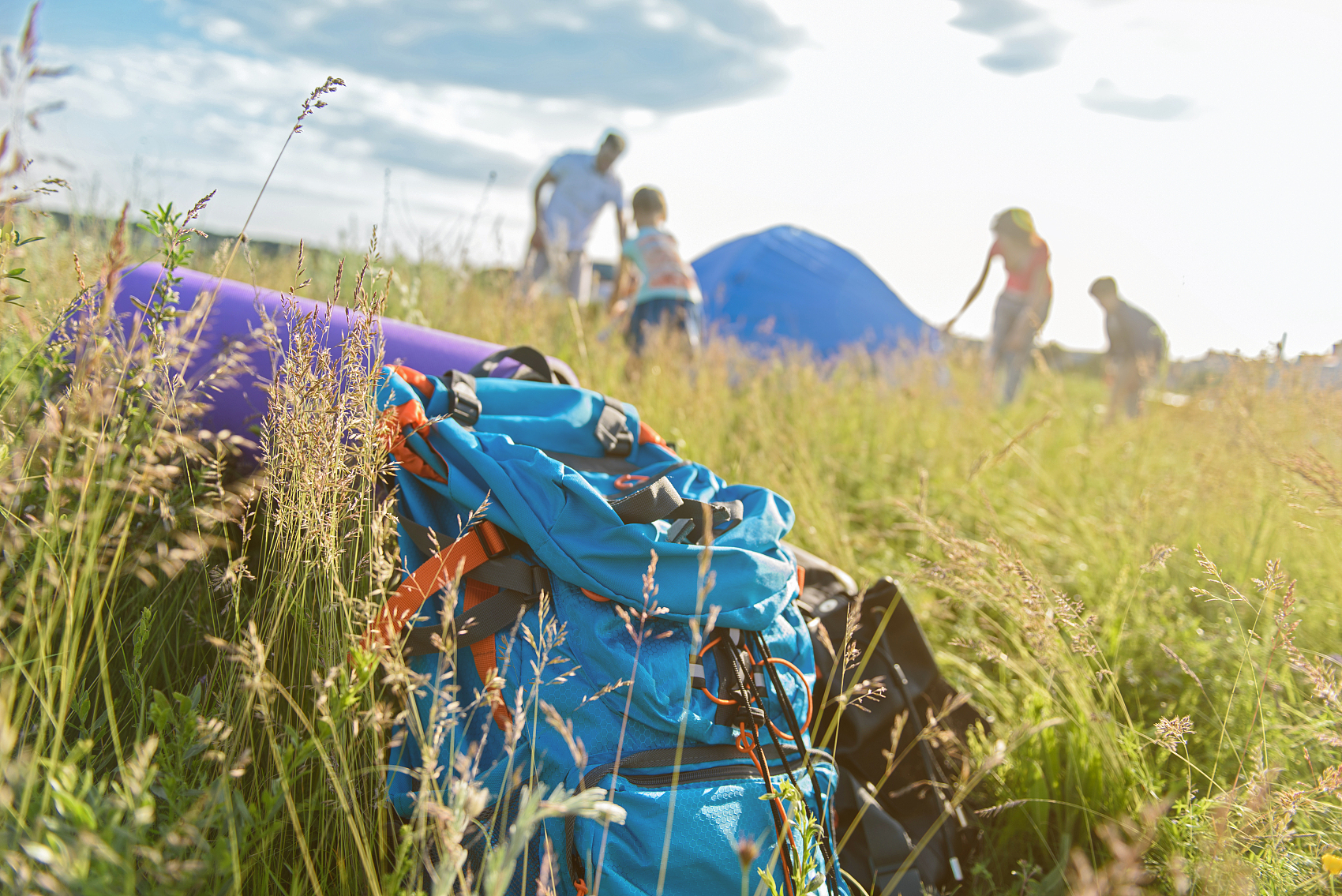Mountain running is an exhilarating sport similar to trail running but with a significant twist—there’s a lot more elevation gain involved. This type of running often includes off-road paths, though some routes may also feature paved roads. In the niche of sky running, routes are situated above 2,000 meters of elevation. Prestigious ultrarunning events like the UTMB in Europe and Badwater in the US often feature challenging elevation gains.
Staying Safe and Speedy
The main goal for a mountain runner is to navigate the course quickly while maintaining safety. Given the demanding nature of mountainous terrains, runners must be both fit and agile. Prioritizing injury prevention and recovery is crucial for anyone serious about taking up mountain running.
Common Injuries and How to Avoid Them
Mountain running, with its rigorous demands, often leads to injuries such as stress fractures, ankle sprains, Achilles tendon issues, knee pain, and ITBS, not to mention muscle strains and blisters. Here are some strategies to help you stay injury-free and recover quickly should an injury occur:

- Build Strength and Flexibility
Strong and flexible muscles and joints are your best defense against injuries. Incorporate strength training that focuses on your core, hips, and lower body into your routine. Flexibility training is also vital; it enhances your range of motion and reduces the risk of muscle strains. Begin and end your workouts with light stretching, and consider a sports massage if you feel tightness in your hips or legs. - Gradually Increase Mileage and Intensity
Avoid the urge to push too hard, too fast. Gradually increase your running mileage and intensity to allow your body to adapt, minimizing the risk of overuse injuries. Listen to your body and take rest days when necessary, especially in the early stages of ramping up your training. - Train on Varied Terrain
To get used to the challenges of mountain running, train on terrains that mimic those you’ll encounter on your runs, such as steep slopes and uneven trails. This type of training strengthens the specific muscles and joints used in mountain running and enhances your balance and stability. - Wear Appropriate Gear
Invest in good-quality running shoes that offer traction and ankle support, essential for navigating rough mountainous terrains. Consider a subscription service to ensure you always have a fresh pair ready as you increase your training mileage. Additionally, wearing compression gear can support your muscles and reduce fatigue during longer runs. - Stay Hydrated and Nourished
Proper hydration and nutrition are crucial. Drink plenty of water before, during, and after your runs, and bring along sports drinks and energy gels for longer distances to keep your energy up and prevent muscle cramps. - Warm Up and Cool Down
Start each run with a dynamic warm-up—think leg swings, lunges, and high knees—to prepare your muscles for the workout. After running, cool down with static stretches to improve flexibility and help your muscles recover. - Listen to Your Body
Always be attentive to any discomfort or pain during your runs. Ignoring minor issues can lead to more severe injuries. If pain persists or worsens after rest, seek advice from a sports physiotherapist.

With careful preparation and mindful training, you can greatly reduce your risk of injury in mountain running. Remember, taking days off for rest is not a setback but a crucial part of your training that helps ensure longevity in the sport. By following these tips, you can enjoy the trails safely and effectively.








